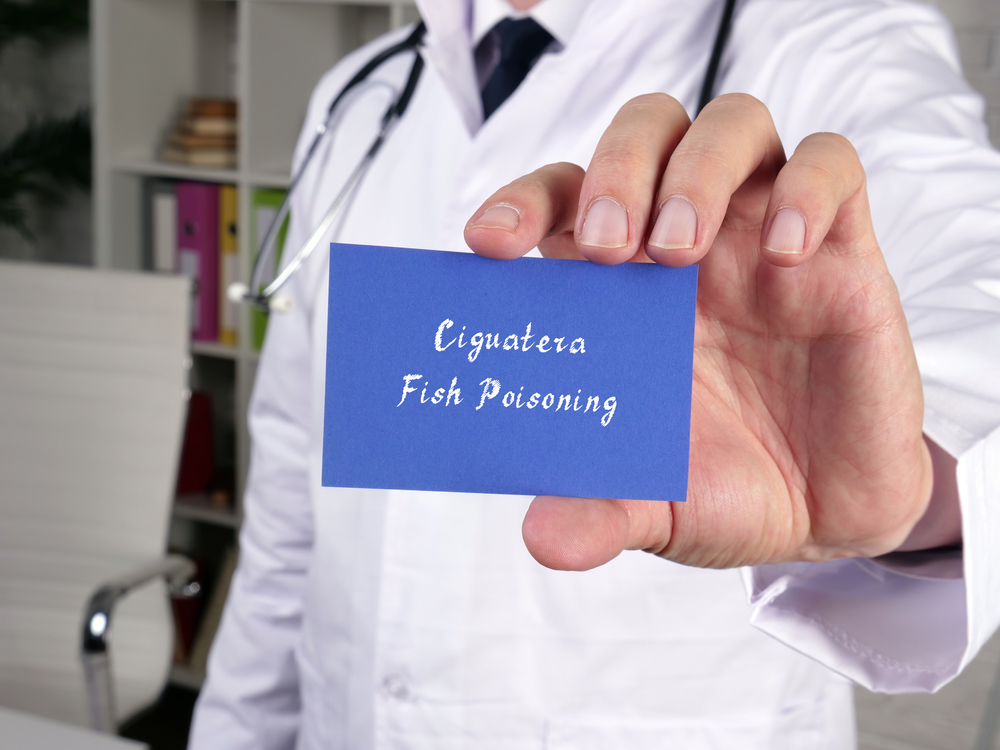Ciguatera poisoning is a kind of foodborne illness that comes from reef fish that has been infected with certain toxins that are then consumed. This illness affects a person by giving them several uncomfortable symptoms that they will experience suffering from this illness.
The toxins that cause a person to be sick with when they consume a poisoned fish are known as ciguatoxin and maitotoxin, respectively, which are usually found on coral reefs growing in both bodies of tropical and subtropical waters. Then, once they are eaten by a chain of animals, the toxins become more concentrated, making it more dangerous in the process. This seafood-toxin illness causes a physical and functional impact on the body of an infected patient.


